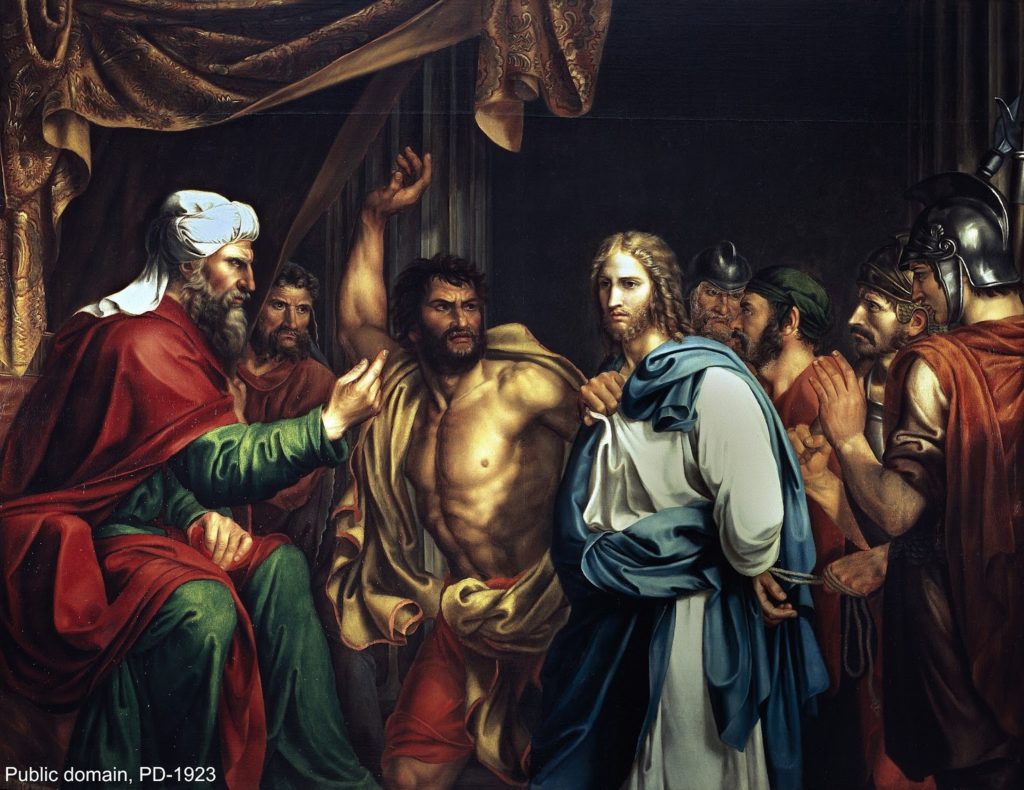A lot happened while we were traveling in June, and I think it is going to take us four roundups to catch up. Today we begin with stories related to Israel.
Archaeologists have discovered a Crusader-era tunnel in Tiberias that apparently led from the fortress to the harbor.
Students excavating in Modiin discovered a collection of women’s jewelry from the Crusader period.
Excavations at the site of Huqoq in Galilee have discovered agricultural installations in use in either the Middle Bronze Age or the Roman-Byzantine period.
Weekly reports are available for ABR’s first season at Shiloh: Week 2 by Mark Hassler, Week 3 by
Andrew Kvasnica, and Week 4 by Gary Byers.
Scholars at Tel Aviv University have used multispectral imaging to reveal text on ancient “blank” potsherds from the First Temple period.
Emek Shaveh has petitioned Israel’s high court to halt excavations in the Western Wall tunnels.
An alert hiker reported suspicious activity which led to the capture of two antiquities thieves near the site of Sepphoris.
The new National Campus for the Archaeology of Israel remains unopened due to a lack of donations. This article in Apollo magazine reviews the controversy over moving archaeological material from east to west Jerusalem.
Haaretz reports on a new exhibit at the Israel Museum, “Faces of Power: Coins from the Victor Adda Collection.” These 75 gold coins depict Roman emperors and their wives and have never been publicly displayed before.
A nighttime audiovisual show at the City of David begins later this month.
The Israeli government has temporarily restricted civilians from visiting the Golan viewpoints overlooking Qunetra.
Appian Media has released a free (and downloadable), 10-minute video on Magdala.
Wayne Stiles notes the irony that “the Church of the Holy Sepulchre demonstrates the need for the place it hallows.”
There are several coming Israel tours of note. Wayne Stiles is taking a group October 26–November 6 and another March 16-27, 2018. Joel Kramer (SourceFlix) is leading a trip March 11-24.
This weekend, fans are reenacting the Battle of the Horns of Hattin in which the Muslims defeated the Crusaders in 1187.
HT: Joseph Lauer, Charles Savelle, Agade
